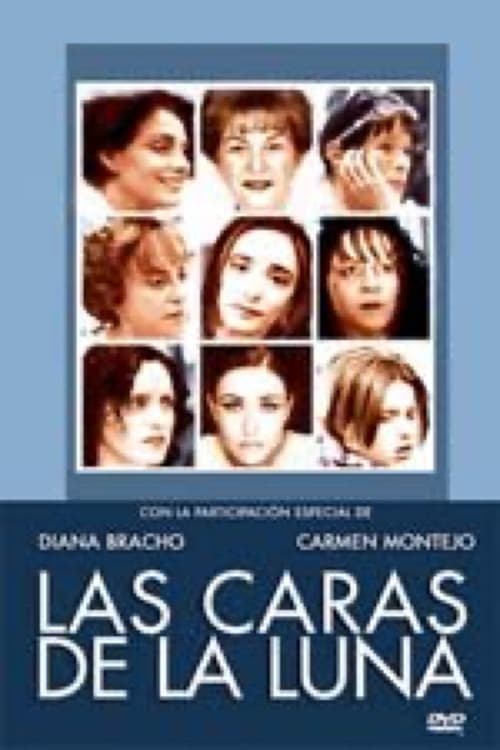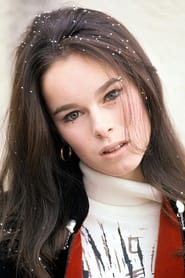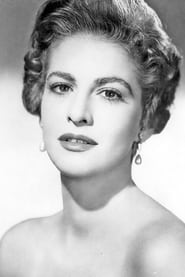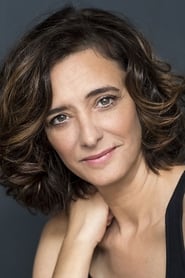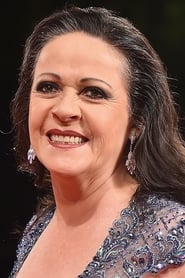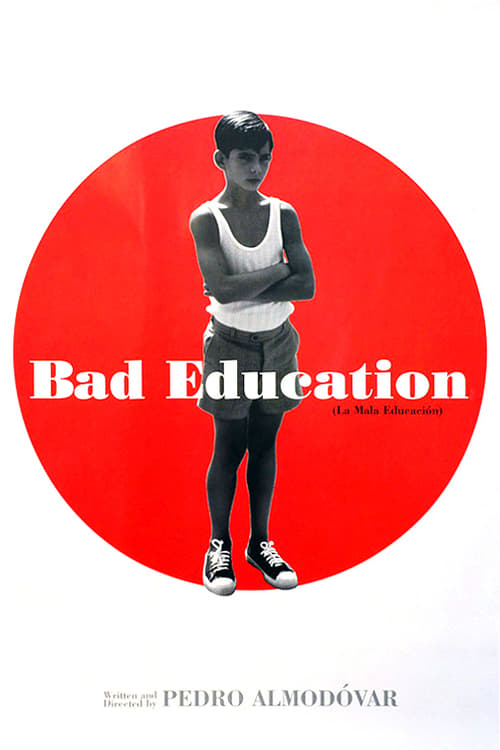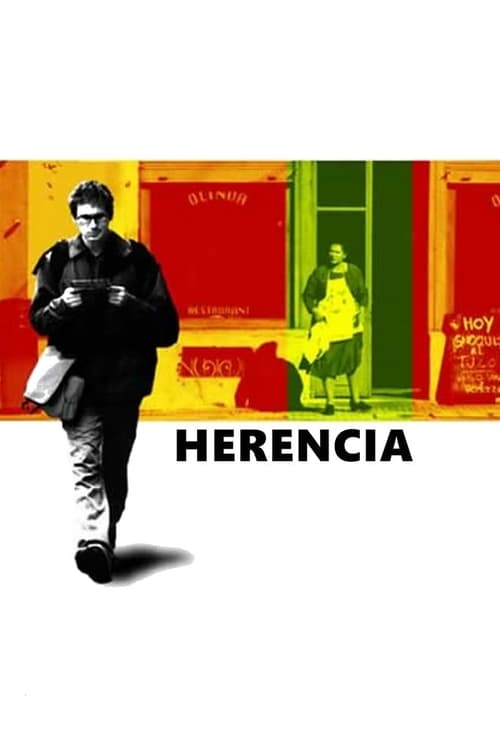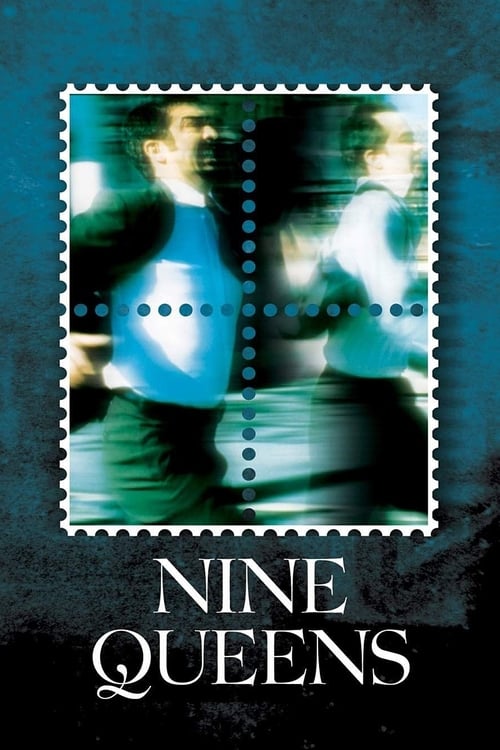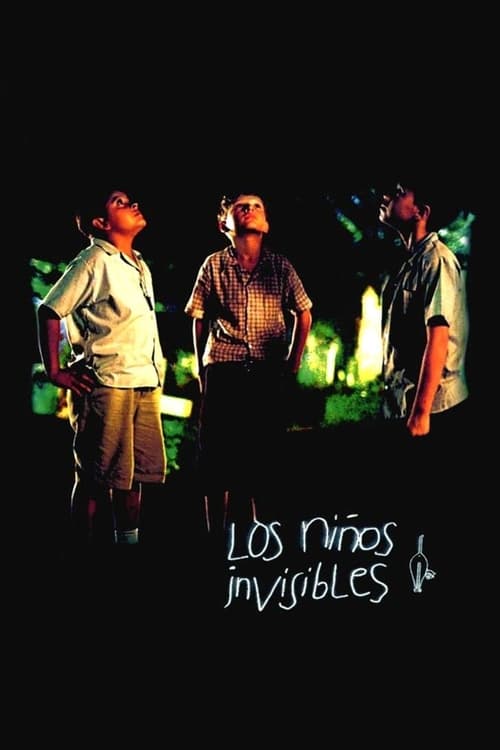
Ask Your Own Question
What is the plot?
What is the ending?
In the ending of "The Faces of the Moon," the main characters confront their pasts and the choices they have made. The film culminates in a series of emotional revelations and reconciliations, leading to a sense of closure for the characters. Each character's journey comes to a head, revealing their inner struggles and desires, ultimately leading to a bittersweet resolution.
As the film approaches its conclusion, the narrative unfolds with a series of poignant scenes.
The first scene shows the protagonist, a middle-aged man named David, standing alone on a cliff overlooking the ocean. The sun is setting, casting a warm golden hue over the landscape. David reflects on his life choices, the relationships he has strained, and the dreams he has let slip away. His face is etched with lines of regret, and the wind tousles his hair as he takes a deep breath, contemplating the weight of his past.
In the next scene, we see David's estranged daughter, Sarah, sitting in her apartment, surrounded by remnants of her childhood. She clutches a photograph of her father, her eyes filled with tears. The emotional turmoil is palpable as she grapples with feelings of abandonment and longing. The camera lingers on her face, capturing the conflict between her desire for connection and the pain of their fractured relationship.
The narrative then shifts back to David, who, after much contemplation, decides to reach out to Sarah. He picks up his phone, hesitating for a moment before dialing her number. The tension builds as the phone rings, and we see Sarah's expression change from surprise to cautious hope when she answers. Their conversation is fraught with emotion, as they both express their hurt and longing for reconciliation. David's voice trembles as he apologizes for his past mistakes, while Sarah struggles to find the words to express her feelings.
In a parallel scene, we see David's wife, Lisa, who has been silently suffering from the emotional distance in their marriage. She is in their home, surrounded by memories of happier times. As she listens to David's conversation with Sarah, a mix of emotions washes over her--sadness, anger, and a flicker of hope. The camera captures her internal conflict as she contemplates her own feelings of love and resentment towards David.
The climax of the film occurs when David decides to visit Sarah in person. He drives through the city, the streets bustling with life, contrasting with his inner turmoil. Upon arriving at her apartment, he hesitates at the door, his heart racing. When Sarah opens the door, the tension is palpable. They stand facing each other, the silence heavy with unspoken words. Finally, David steps forward, and they embrace, a moment filled with both relief and uncertainty.
In the final scenes, we see the family together, including Lisa, who has joined them. They sit around a table, sharing a meal, laughter mingling with tears. The atmosphere is charged with a sense of healing, as they begin to navigate their complex emotions and rebuild their relationships. The camera captures their faces, each reflecting a mixture of hope and vulnerability.
As the film draws to a close, the characters are shown in various moments of connection--David and Sarah sharing a quiet conversation, Lisa watching them with a soft smile, and the three of them walking together along the beach, the waves crashing gently at their feet. The sun sets in the background, symbolizing both an ending and a new beginning.
The film concludes with a sense of bittersweet resolution. David, Sarah, and Lisa have taken the first steps towards mending their fractured bonds, but the journey ahead remains uncertain. Each character is left with the understanding that healing takes time, and while the past cannot be changed, the future holds the possibility of redemption and connection.
Is there a post-credit scene?
The movie "The Faces of the Moon," produced in 2002, does not feature a post-credit scene. The film concludes its narrative without any additional scenes or content after the credits roll. The story wraps up its themes and character arcs, leaving the audience with a sense of closure as the credits begin to roll.
What is the significance of the moon in the story?
The moon serves as a central symbol throughout the film, representing the characters' emotional states and their connections to one another. It reflects their inner turmoil and aspirations, often illuminating their paths during moments of introspection.
How does the character of Elena evolve throughout the film?
Elena begins as a conflicted individual, grappling with her past and her relationships. As the story unfolds, she confronts her fears and insecurities, leading to a profound transformation where she learns to embrace her identity and the complexities of love.
What role does the character of Marco play in Elena's journey?
Marco acts as both a catalyst and a mirror for Elena's growth. His presence challenges her to confront her vulnerabilities, and through their interactions, he helps her navigate her emotional landscape, ultimately guiding her towards self-acceptance.
How do the relationships between the characters reflect their personal struggles?
The relationships in the film are intricately woven, each reflecting the characters' internal conflicts. For instance, the tension between Elena and her mother highlights generational differences and unresolved issues, while friendships reveal the characters' desires for connection amidst their personal battles.
What pivotal event changes the course of the characters' lives?
A tragic accident serves as a turning point in the narrative, forcing the characters to confront their choices and the fragility of life. This event catalyzes a series of revelations and reconciliations, propelling them towards a deeper understanding of themselves and each other.
Is this family friendly?
"The Faces of the Moon," produced in 2002, is a film that delves into complex themes and emotional struggles, which may not be suitable for younger audiences or sensitive viewers.
Potentially objectionable or upsetting aspects include:
-
Emotional Turmoil: The film explores deep emotional conflicts and personal struggles, which may be intense for children to process.
-
Family Dynamics: There are scenes depicting strained family relationships, including arguments and moments of tension that could be distressing.
-
Loss and Grief: The narrative touches on themes of loss, which may evoke sadness or discomfort in viewers, particularly younger ones who may not fully understand these concepts.
-
Mental Health Issues: The film addresses mental health challenges, which could be unsettling for sensitive viewers.
-
Mature Themes: There are underlying themes of identity and existential questioning that may be complex and difficult for children to grasp.
Overall, while the film is rich in storytelling and character development, its emotional depth and mature themes may not be appropriate for all audiences, particularly children.

